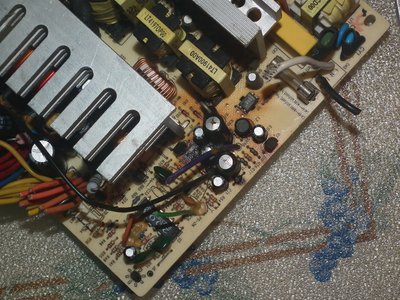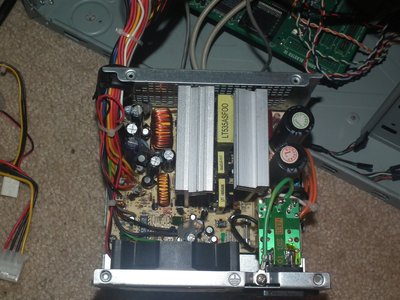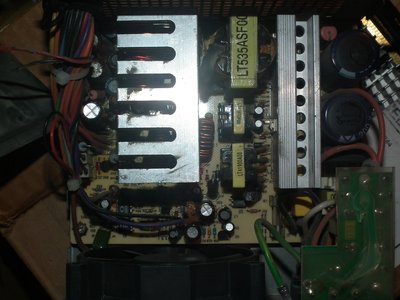Caluser2000 wrote:Even good brands have failures. There's a lot factors to consider as cause of failure. the enviroment the unit has been operating in for example.
I have a rusted out old 486 sitting in my store room. It sat on the top shelf of a junk store... Outside. For ~20 years. They couldn't make it work so they just stuck it where it fit and called it a day. They gave it to me for free when I asked about it.
The motherboard was long since dead... Battery exploded and it was far beyond any type of repair. I mean almost everything on the board was corroded and it had even climbed some of the expansion cards over time, there was nothing left to save. I got a nice ceramic chip out of it, at least.
But this mad creation of a case... The LED panel still works. It will still show turbo speeds. The front LEDs for power, turbo, and disk still work.
The power supply still works, too.
It's rusted to hell, it sat outside for the better part of two decades, everything else in the case is pretty much long gone... But the PSU works just fine. Rock solid on all rails.
Environment can be attributed to some failures - But damn, do some of these things withstand abuse. Good brands have failures, but the best ones will go through hell and come out the other side.



(I still wouldn't trust this thing to run any board I care about for any length of time, but it just goes to show they're not all bad eggs.)






